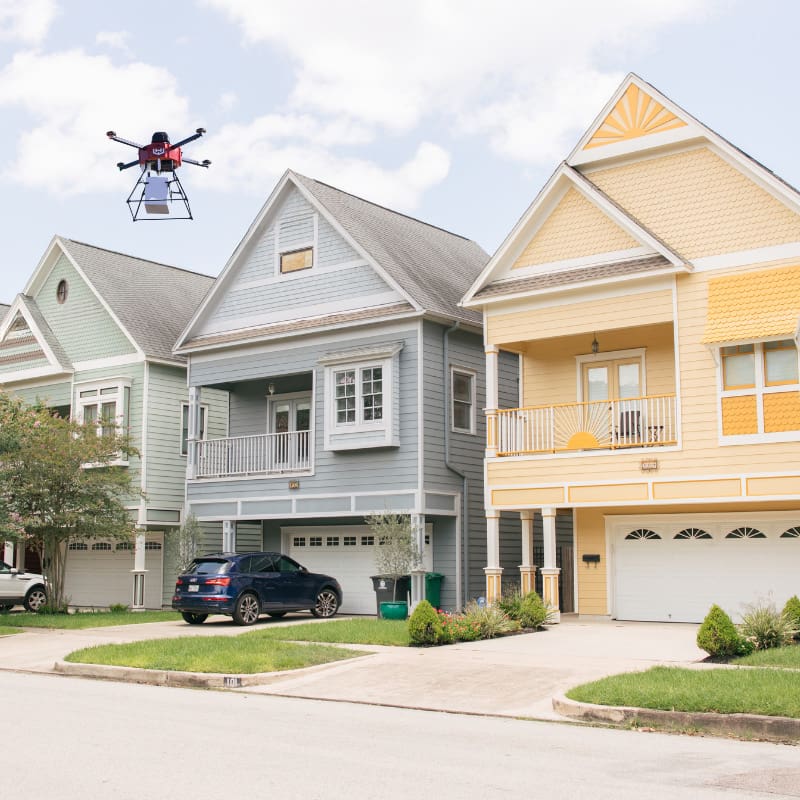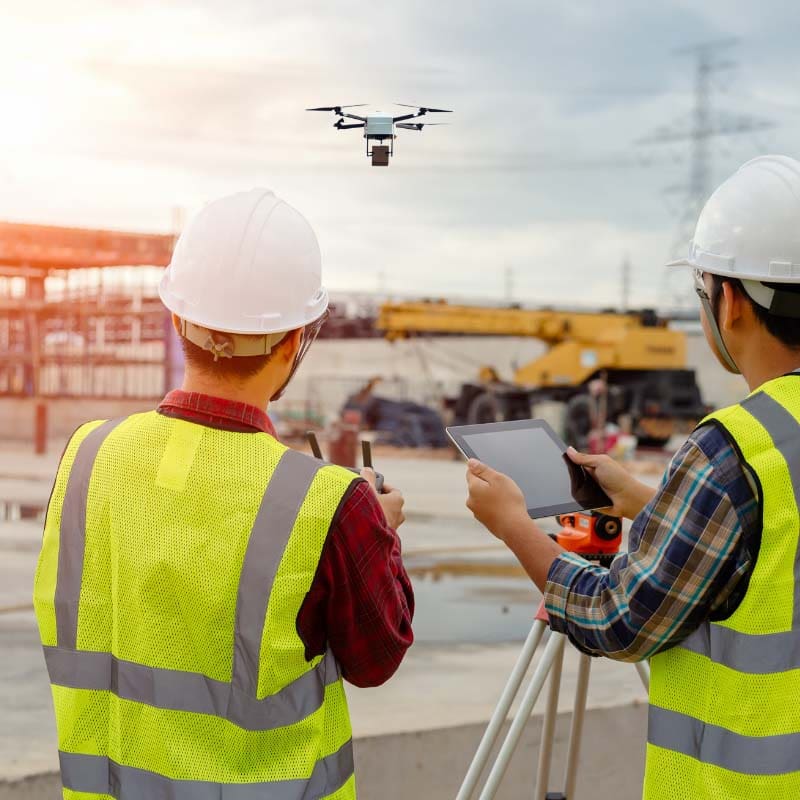Embracing the Drone Delivery Revolution
In recent years, drone delivery has emerged as a game-changer in the logistics industry. It promises unparalleled speed, efficiency, and cost-effectiveness, transforming the way businesses transport goods.

Drones offer the incredible advantage of reaching the most remote areas and maneuvering through dense urban environments, avoiding the common hindrances of road traffic. This innovative mode of delivery is particularly valuable for critical items like medical supplies, food, and consumer packages, ensuring they reach customers swiftly and reliably.
However, the journey to integrating drone delivery into daily operations involves intricate compliance with a range of regulatory mandates. Adherence to these regulations is essential to ensure the safety and longevity of drone delivery services.
Understanding the Regulatory Maze
The legal landscape overseeing drone operations is diverse and complex, varying significantly from one region to another. Each jurisdiction has its distinct set of laws and guidelines, covering various aspects like airspace management, pilot certification, and safety standards.
For businesses venturing into drone deliveries, this creates a challenging environment where they must be adept at navigating through this regulatory patchwork to maintain compliance in different operational zones.
Airspace Management: Strategic Navigation
One of the critical aspects of drone operations is understanding and respecting airspace classifications – controlled, uncontrolled, and restricted zones. Controlled airspace is typically reserved for manned aircraft, while uncontrolled zones accommodate both manned and unmanned flights, subject to certain conditions.
Restricted areas, often due to security or safety reasons, may be completely off-limits for drones. Companies must meticulously analyze airspace charts and secure the necessary permissions for operating in specific zones, especially when it involves controlled or restricted areas.
Prioritizing Safety: A Core Principle
At the heart of drone delivery operations is an unwavering commitment to safety. Companies must establish exhaustive safety protocols, encompassing thorough pre-flight inspections, detailed flight planning, advanced collision avoidance technologies, and robust communication systems.

Regular checks ensure the drone and its cargo are in prime condition, while precise flight plans outline the drone’s trajectory, altitude, and estimated time of arrival. Advanced collision-avoidance technologies, powered by sophisticated sensors and algorithms, are crucial for safe navigation.
Effective communication protocols are essential for coordinating between pilots, ground staff, and other stakeholders, ensuring everyone is informed about the drone’s status and any potential challenges.
Data Security and Privacy: Building Trust
Drone deliveries involve handling sensitive information, including customer details and delivery locations. It’s paramount for companies to implement strong cybersecurity measures to safeguard this data. Encrypting data transmissions, utilizing secure storage solutions, and training staff on data security best practices are critical steps in protecting sensitive information.
Engagement and Trust: The Community Connection
For drone delivery companies, building trust with local communities and stakeholders is vital. Addressing concerns about noise, privacy, and safety proactively can pave the way for greater acceptance and smoother integration of drone delivery services. This involves conducting community outreach, providing informative materials, and establishing channels for feedback and concerns.
Insurance: A Safety Net
Comprehensive insurance coverage is a must for drone delivery operators. This coverage should encompass liabilities related to accidents or damage caused by drones, including bodily injury and property damage. Depending on operational specifics, additional coverage for cargo loss or damage might also be necessary.
Maintenance and Repair: Ensuring Reliability
To guarantee the consistent performance of drones, regular maintenance and repair are crucial. Adhering to the manufacturer’s maintenance guidelines, performing routine inspections, and promptly addressing wear and tear are essential practices. A robust system for reporting and managing maintenance issues is equally important.
Incident Management: Learning and Improving
Establishing clear procedures for reporting and investigating drone-related incidents is imperative. These protocols should include notifying relevant authorities and conducting thorough investigations to identify causes and prevent future occurrences. Such practices are vital for refining safety measures and enhancing overall operation standards.
Staying Ahead: Adapting to Change
The drone delivery sector is dynamic, with continuous advancements in technology and evolving regulations. Companies must stay informed about new developments, adapt to changing rules, and embrace technological innovations to enhance efficiency and safety.
Charting a Course for Success
The successful integration of drone delivery operations hinges on comprehensive compliance, encompassing adherence to regulations, commitment to safety, data security, community engagement, and continuous adaptation.
As the drone delivery sector evolves, maintaining these standards will be crucial for public acceptance and sustained growth. Drones offer an exciting, eco-friendly alternative to traditional delivery methods, heralding a new era in logistics and customer service.
If you would like to discuss Workhorse Aero products, or if you have ideas regarding collaboration, use our contact form or email [email protected]